Orchis is a genus of plants in the Orchid family. It is known for its beneficial properties and some of its varieties are widely used in traditional medicine. For women, preparations prepared on the basis of orchis help to fight infertility, and for men - to increase potency and prevent the development of diseases of the genitourinary system.
Content
What is an orchis: a photo of a plant and its description
The orchis is a perennial plant from 15 to 75 cm in height. Under natural conditions, it grows only in warm regions. Its leaves are lanceolate, long. Raspberry orchis flowers are collected in inflorescences. A feature of this perennial is its root, which is a pair of oval tubers.
Orchis is known to many as the wild orchid and cuckoo tears. This plant is also called the core, reed and love-root because of the properties of a love potion attributed to it by the people.
Wild orchid is practically not used in official medicine and is not included in the State Register of Medicines of the Russian Federation. But the root of this plant is sold in pharmacies and online stores, since it is quite widely used in folk recipes.
The orchis is listed in the Red Book of Russia, the USA and most European countries.
What types of wild orchids are used in folk medicine
There are more than 100 varieties of wild orchids, but only a few are used in folk medicine. Most often, male or female orchis is used for the preparation of medicines. Tubers of this variety are used in the treatment of diseases of the stomach, intestines, respiratory and genitourinary systems. Means based on female orchis are also taken for cystitis as an anesthetic.

A distinctive feature of the spotted orchis is the dark spots that adorn the lower part of the leaf, and the three-lobed lips of light purple buds
For the treatment of diseases of the digestive system, the spotted orchis is also used. This variety is also called the tears of the Virgin. The plant can be recognized by the characteristic dark spots on the lower part of the leaves and buds.

The upper five perianth segments of the helmeted orchis are located together and resemble a knight's helmet
In folk medicine, the helmeted orchis, or helmet-shaped, has also found application. From the tubers of this plant, preparations are made to increase potency and treat diseases of the respiratory system.
Burnt orchis tubers are used for the preparation of drugs used for poisoning. Seeds of this variety are also suitable for the manufacture of medicines. Funds based on them are used for epilepsy. You can recognize a burnt orchis by its white-red inflorescences.
Video: herbalist's orchis review
Beneficial features
Of particular value are the orchis tubers, which contain, among other things:
- calcium;
- mineral salts;
- essential oils.
A flour called salep is prepared from the dried tubers of a wild orchid, and this, in turn, is used to make medicines with the following beneficial properties:
- enveloping;
- strengthening;
- pain reliever;
- antitussive;
- anti-inflammatory;
- wound healing;
- anticonvulsant;
- antiseptic.
Orchis products also help normalize sleep, increase testosterone production, and improve blood flow to the genitals.
Indications for the use of orchis in traditional medicine
Orchis is used for the preparation of decoctions, infusions and other medicines for internal and external use. It is recommended to take products made from salep if you have the following diseases:
- tuberculosis;
- cystitis;
- female infertility;
- inflammation of the appendages;
- asthma;
- ARVI and ARI;
- impotence;
- prostatitis;
- dermatitis;
- bronchitis;
- nervous exhaustion;
- anemia;
- diseases of the gastrointestinal tract.
Contraindications and side effects
Orchis is one of the few medicinal plants that have practically no contraindications for use. Wild orchid-based products are not recommended only for people with individual intolerance. Infusions and decoctions can be taken by women during pregnancy and breastfeeding, as well as children.
In case of overdose and individual intolerance, the following side effects may occur:
- nausea;
- vomiting;
- intestinal disorders;
- weakness.
Popular recipes
The following medicines can be prepared from the dried tubers:
- alcoholic tincture;
- broth;
- enema solution;
- water infusion;
- broth in milk;
- ointment.
Salep is incompatible with tannins and other astringents and is therefore not recommended for drinking with tea.
Flowers are rarely used for the preparation of medicines. Of these, only an infusion is prepared to increase potency.
Tincture
Ingredient List:
- 1.5 tbsp. l. salepa;
- 500 ml of brandy;
- crushed half of a loaf of rye bread.
Step-by-step instructions for preparing the tincture:
- Mix all ingredients.
- Let the product brew for 2 months.
- Squeeze out the mixture under a press.
- Burn off the remainder and transfer the ash back to the container.
- Remove the container in a cool place for another 2 months.
Alcoholic tincture is used to improve potency. It is recommended to take it 1 tsp. 1 per day.
Decoction
Ingredient List:
- 25 g of dry tuber powder;
- 300 ml boiling water.
Instructions for preparing the broth:
- Powder from orchis tubers should be filled with water.
- The mixture must be boiled over low heat for 30 minutes.
- The container must be removed from the heat, closed with a lid and wrapped in a towel.
- After cooling, the medicinal product should be filtered and stored in the refrigerator.
It is recommended to take such a remedy for gastritis 3 times a day, 20 ml. Before use, the broth must be heated. The duration of the course of treatment is 2 weeks. After its end, it is advisable to take a month break, and then drink the product again.
Flower oil remedy
Ingredient List:
- 50 g of dry, powdered flowers;
- 500 ml of olive oil.
Step-by-step instructions for preparing the product:
- Fill the powder with oil.
- Let the product steep for 2 weeks in a warm room.
- Strain the infusion.
It is recommended to take the remedy for 1 tbsp. l. 2 times a day. It is advisable to carry out the last reception 30 minutes before bedtime. It is prohibited to drink or dilute the product. The duration of the course of treatment is 2 weeks. Reception of the infusion is recommended to be repeated after a three-week break.
Infusion
Ingredient List:
- 3 g of tuber powder;
- 250 ml boiling water.
Instructions for making infusion:
- Place the powder in a thermos.
- Boil the orchis with boiling water.
- Let the medicine sit for 1.5 hours.
The finished infusion should be divided into 3 equal parts and drunk during the day between meals. It is recommended to use it for cystitis.
Ointment
Ingredient List:
- 1 tbsp. l. powder;
- 100 ml of liquid homemade pork fat.
Mix the ingredients and store the product in the refrigerator. It is recommended to use it for dermatitis to treat affected skin areas.
Broth in milk
Ingredient List:
- 1 tbsp. l. powder;
- 250 ml of cold milk.
Instructions for making a firming agent:
- Pour milk over the powder.
- Put the container on low heat.
- Boil the mixture until thick, stirring constantly.
This drink is recommended for the prevention and treatment of ARVI and ARI. You can add honey, spices or sugar to the broth to taste.
Collection and storage of plant materials
Since the orchis is listed in the Red Book, it is allowed to collect it only on special plantations. It can also be grown from seed outdoors if desired. It is recommended to harvest tubers in spring and summer. The plants should be dug out carefully, taking care not to damage the root system. Immediately after harvesting, the root tubers must be rinsed under running water and kept in boiling water for 2 minutes. Then they need to be dried under a canopy. Root tubers should be agitated periodically to avoid controversy.
Orchis flowers are harvested in the same way as tubers.
Wild orchid tubers should be stored in glass containers with a tight lid. It is recommended to keep jars in a cool, dark and dry place. The shelf life of plant materials is 5 years.
For the preparation of medicines, a powder obtained from tubers is used. You can grind them to a powdery state using a mortar and a pestle.
Feedback on the results of use
I got myself this miracle root from the manifestations of gastritis - pain, heartburn and swelling. Most of all, of course, the pain syndrome worried. Even my appetite was gone. I ordered a spotted orchis and started taking plant raw materials every day. Somewhere after the third day of admission I felt a significant relief of symptoms - the pain and disgust for food practically disappeared, I completely forgot about bloating and heartburn. After a week of constant use, the pain disappeared completely. A year later, the symptoms did not return - the state of health is excellent.
I have suffered from chronic bronchitis for more than 5 years. On the recommendation of a phytotherapist, I bought a male orchis. The next day I fell ill with FLU. There was a terrible headache, the temperature of 39.5 did not go astray, the cough was heartbreaking. She was first treated with the purchased herb. The next day after the start of treatment, sputum began to drain and the temperature gradually subsided. Then I bought some herbs and drank the course recommended by a specialist for my bronchitis. A week later I repeated the course and forgot what cough and phlegm are, it became much easier to breathe.
My gastritis has been with me for over 30 years, and recently erosions have also appeared. Five years ago, while vacationing in western Ukraine, I was advised to use the male orchis for treatment. After the course of treatment, firstly, erosion disappeared, and secondly, only mild signs of gastritis remained.
Decoctions and infusions based on orchis are effective adjuvants in the treatment of various diseases. But you should not replace them with drugs prescribed by your doctor.Before using products made from flowers and root tubers of orchis, it is advisable to consult a specialist.
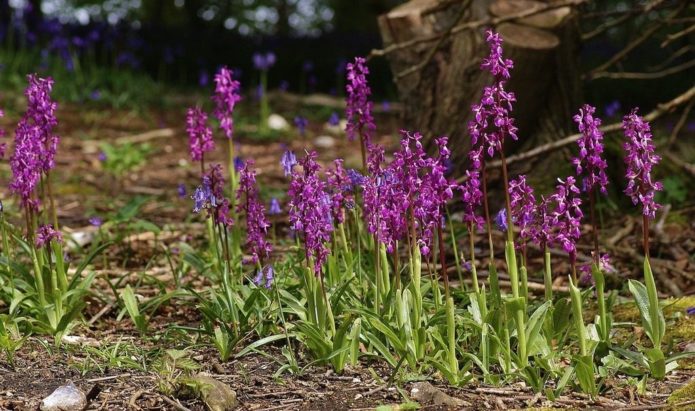

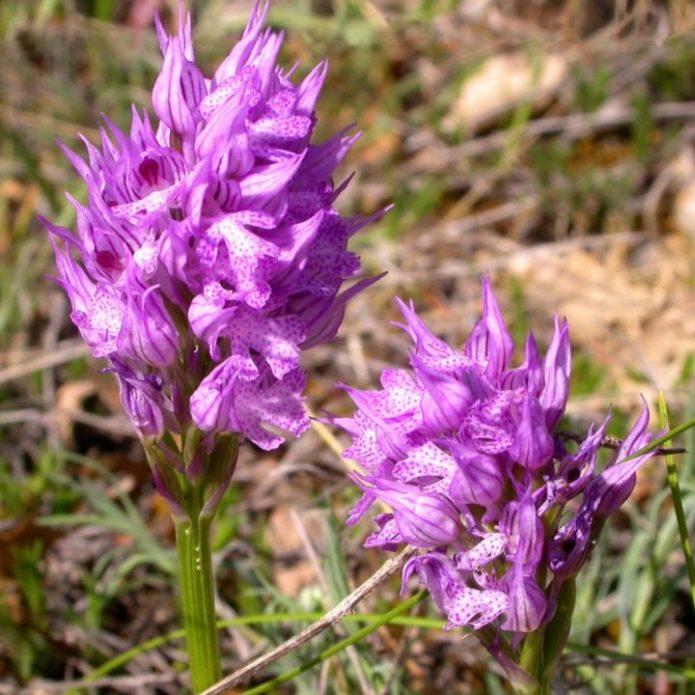
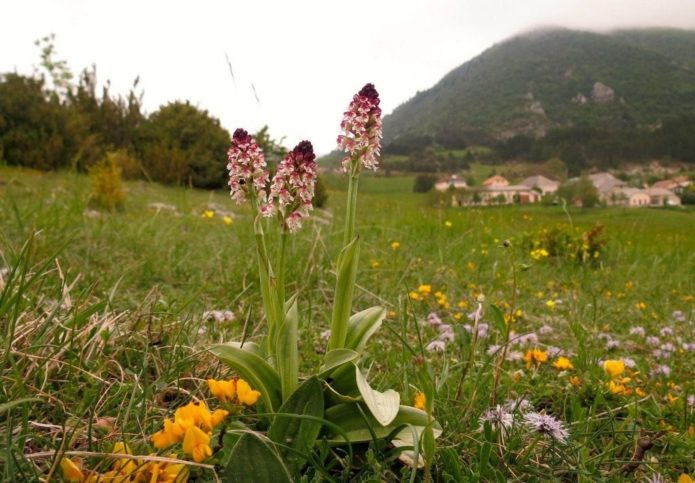
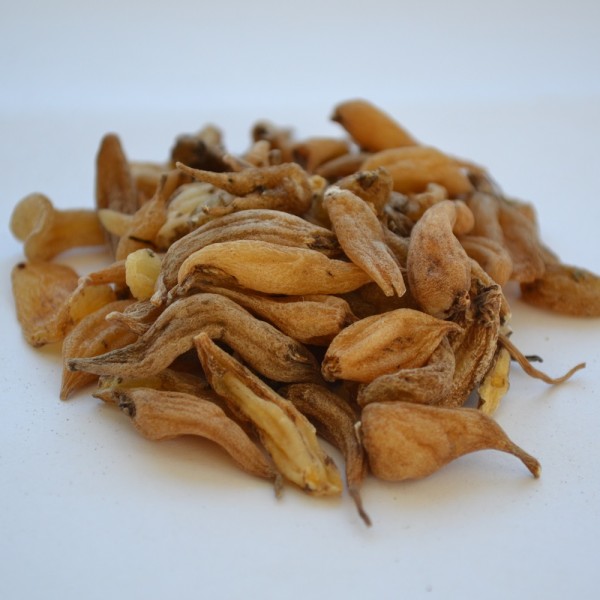

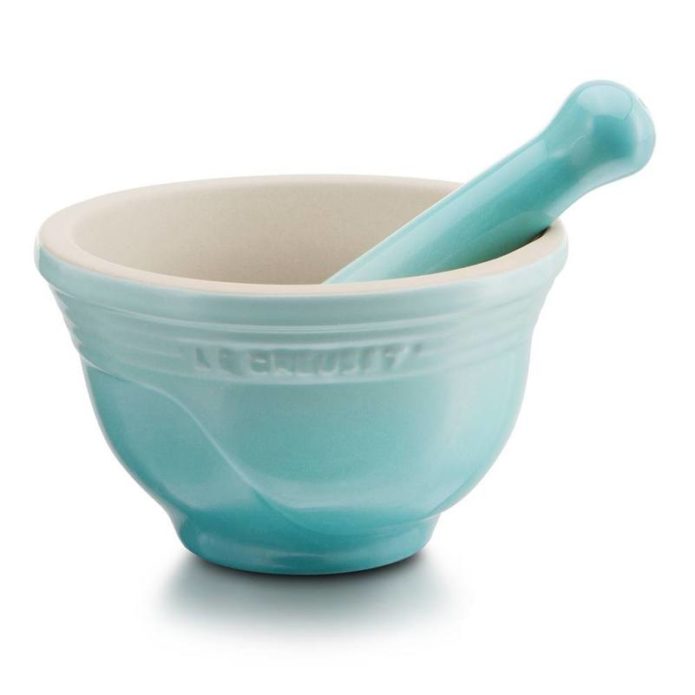
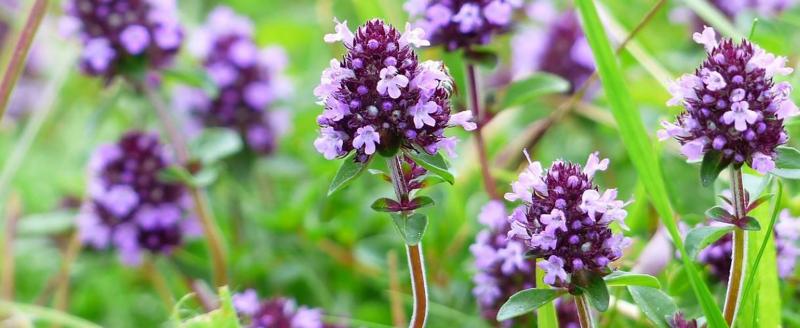
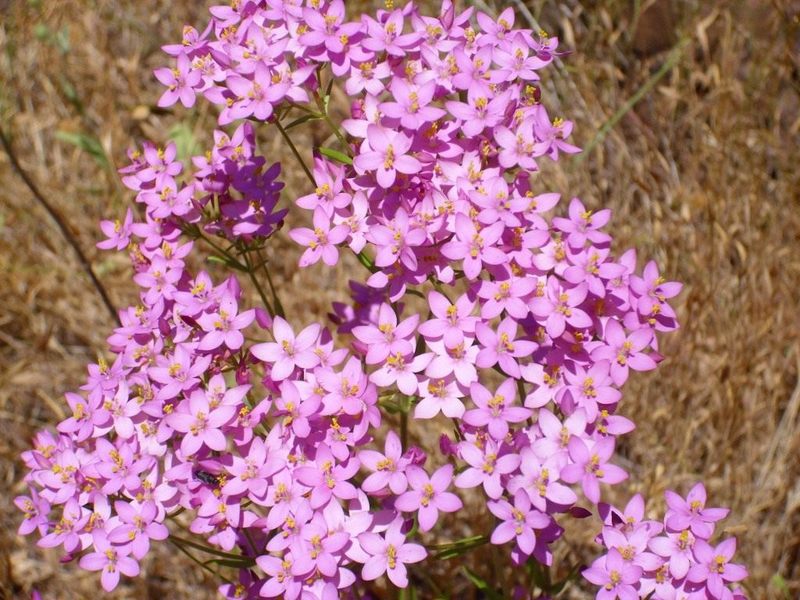
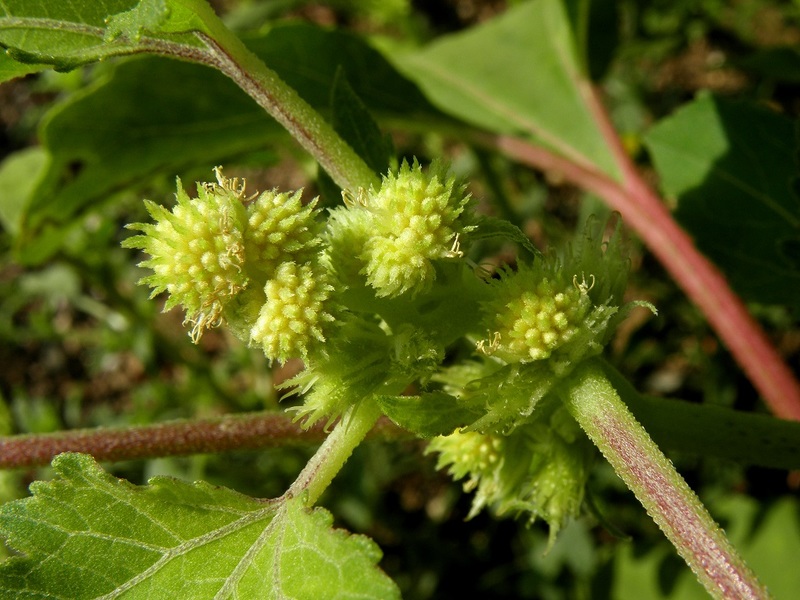
1 comment